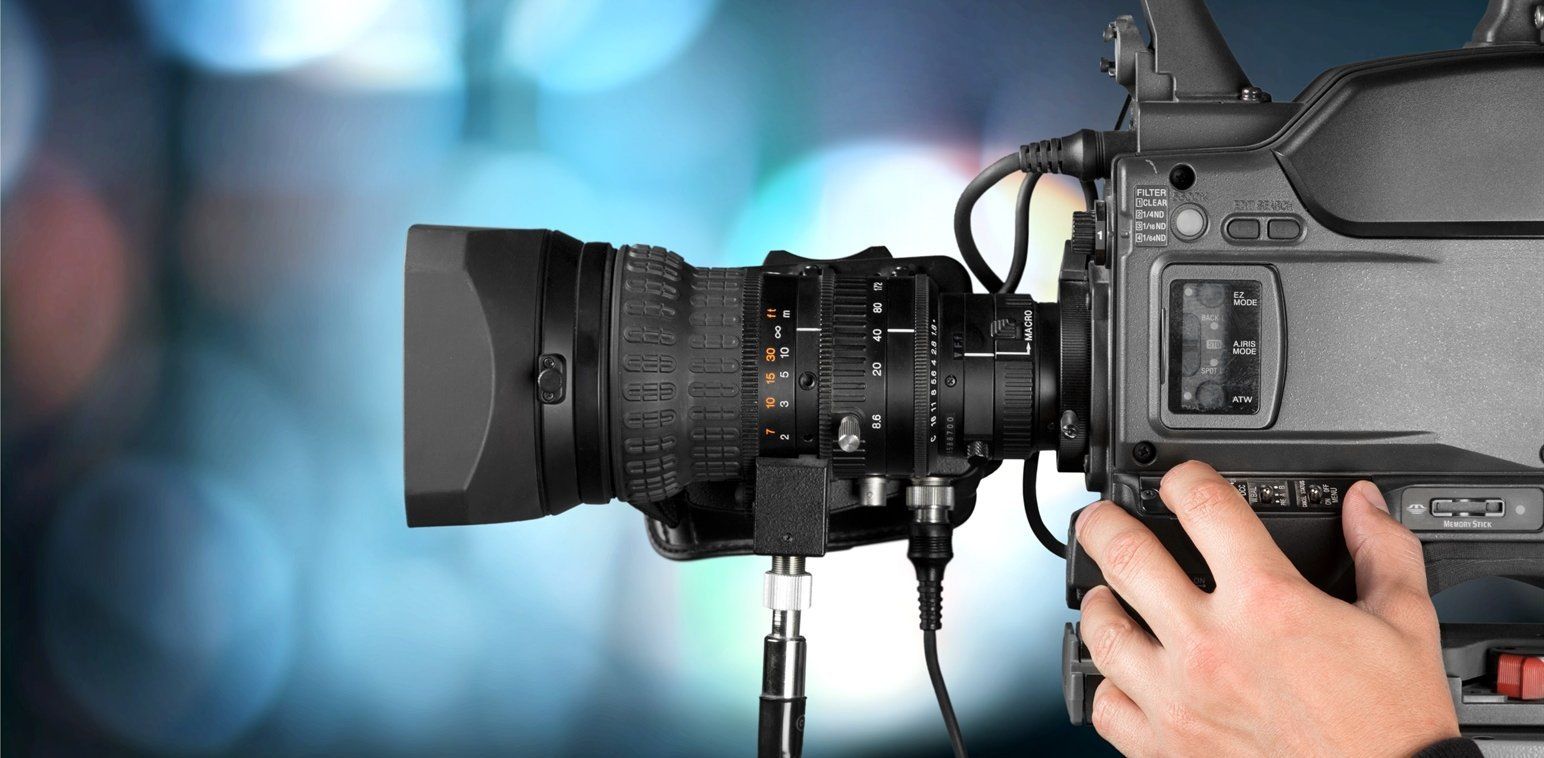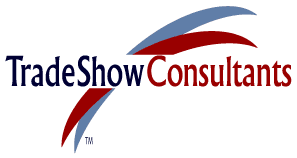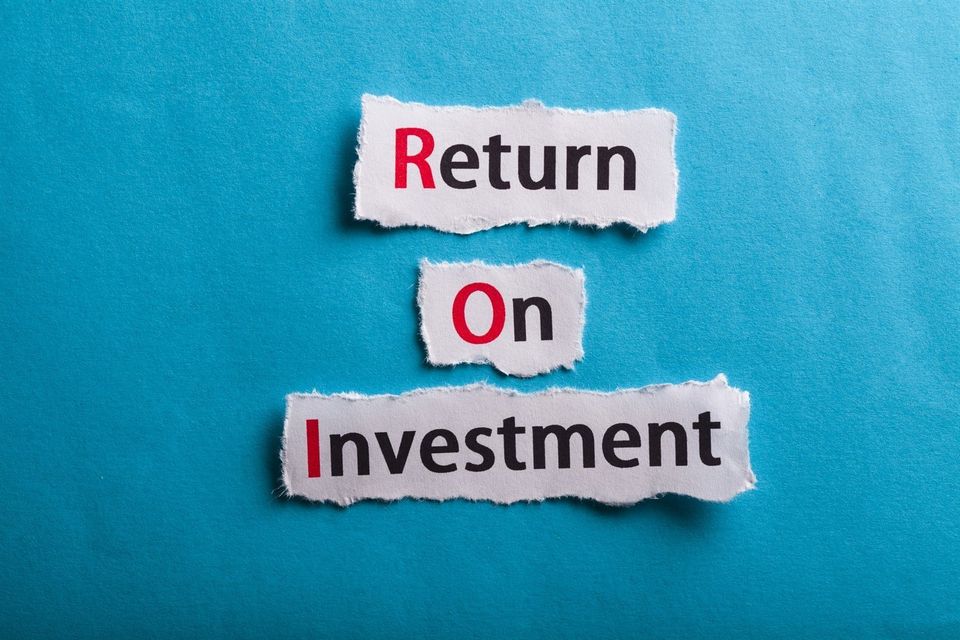Return on Investment and Exhibiting at Trade Shows
Effective top management evaluates various marketing and sales support functions, along with their related expenditures in time and money, by asking middle management to justify each activity based on results.
While it’s often difficult to justify some activities, exhibiting at trade shows has lately been under more serious scrutiny, and establishing return on investment has become more challenging and critical than ever before.
The standard means of justifying the time, money and effort invested in exhibiting at trade shows should be directly related to increasing sales at high enough levels to support the overall investment.
Sounds simple enough, right?
Unless a trade show exhibitor has above average competitive products, has developed an accurate exhibiting plan of attack, and has in place tried and true methods to actually attract, connect and engage trade show targeted prospects, justification could remain elusive and top management could view trade show exhibiting as a waste of time and resources.
Thinking sales and attempting to shorten a selling cycle, while taking every opportunity to engage with targeted trade show attendee prospects, is a first step in creating a foundation on which ROI can rest. But the function of creating new sales doesn’t always have to stand alone in justifying the time and money invested in trade show exhibiting.
The trade show exhibit floor is a live and highly charged personal environment. Because of its very nature in both time and influence, it is also in many ways a totally unique experience that offers many more opportunities to add value to the ROI equation.
Consider these activities in addition to presenting and selling products as a means to better justify trade show exhibiting return on investment.
1. Prospects call on exhibitors. Live, highly identifiable targeted prospects and customers make sales calls on exhibitors seeking to learn about new products and services.
2. Time to spend. Trade show attendees have time to spend on the trade show exhibit floor visiting exhibitors of interest.
3. Exhibitors control the environment. The trade show exhibit can create an environment in which to effectively present and demonstrate products to well-defined, targeted prospects.
4. Show specials. Using an effective show special promotion can increase a prospect’s purchasing interest, shorten a sales cycle and clearly identify a prospect’s elevated level of buying interest.
5. Training. Three days of booth duty, surrounded by management, service, technical, sales, prospects and existing customers, with competition next door, provides valuable experience that can only be achieved on the trade show floor. Simply put, the experience is the ultimate in active, real-world training.
6. Client/ customer relations . In the booth, at meals or in a hospitality suite, large numbers of VIPs spend their time and money to call on you, not the other way around. Exhibiting also allows you to meet top management and secure lasting relationships.
7. Competitive analysis . In the booth next to you, the competition is available for research, dialog, and comparing industry notes.
8. Research. Do you want to know what prospects and customers think? Ask them as they visit your booth. Show them new product ideas and marketing concepts. Ask for their advice and opinions on how they would want you to improve your services.
9. Meet the press . Connecting with industry press at trade shows is a valuable way to spread the word about your company, products and services. One-on-one conversations between the media and your most senior executives, technical experts and leading research and development people can help spread your news. There are also opportunities to be a part of an editor’s show wrap-up report or become a reference for future articles.
10. Recruitment. Trade shows can be a rich resource for finding new talent. Interview that prospective special addition to your staff who may be attending the show to share his or her resume in search of new employment opportunities.
11. Presenting papers. Many trade shows have opportunities for exhibitors to present technical papers highlighting new products, systems, research, or application stories.
12. Workshop presentations. There are also trade shows that offer workshop and panel discussions for exhibitors to share stories, accomplishments or methods of performance.
13. Sponsorship opportunities. Being a name and title sponsor of a quality trade show activity can increase positive brand awareness and open doors for additional opportunities for positive exposure.
14. Firming association relationships. Exhibitors have the chance to firm up working relationships with sponsoring associations by advancing their company and people’s volunteering activities and serving on boards and selected committees.
15. Strategic alliance development. The trade show exhibit floor is a unique, prime location for like-minded entrepreneurs, associates, dealers, distributors and investors to gather while seeking new opportunities.
16. International Sales. Many domestic trade shows are attended by international representatives seeking to either add products to their offerings or provide products with possible synergism to an exhibitor’s existing product line.
17. Innovation. The trade show floor is an incubator for individual developers seeking associations with existing providers to further develop their product ideas.
18. Company involvement. What better environment than a trade show to let key employees experience firsthand how the business world works. Working a trade show booth can help many employees fully appreciate the key aspects that make a business function.
19. Getting out from behind the executive desk. A trade show is an excellent environment to share with vital top managers who need to get out of the office more and experience the many virtues of a face-to-face environment of a trade show booth.
20. Relationship building. Prospects, clients, managers, directors, employees, investors, associates, dealers, distributors, strategic alliances, inventors, the press and potential employees all attend trade shows and are available to exhibitors who can focus on in-person opportunities.
Trade show exhibiting return on investment starts by fully appreciating the many unique opportunities the trade show environment presents to every exhibitor. To maximize the opportunity and to make sure trade show exhibiting pays big dividends, exhibitors should first identify and acknowledge what is available, as suggested above, and then plan to capitalize on the many opportunities one at a time.
Effective pre-show planning must include every opportunity the trade show exhibit floor offers. Making the most of those opportunities will begin to guarantee a return on investment far beyond just thinking about the activity as a difficult sales promotion function that is challenging to justify.
Peter LoCascio
www.tradeshowconsultants.com












